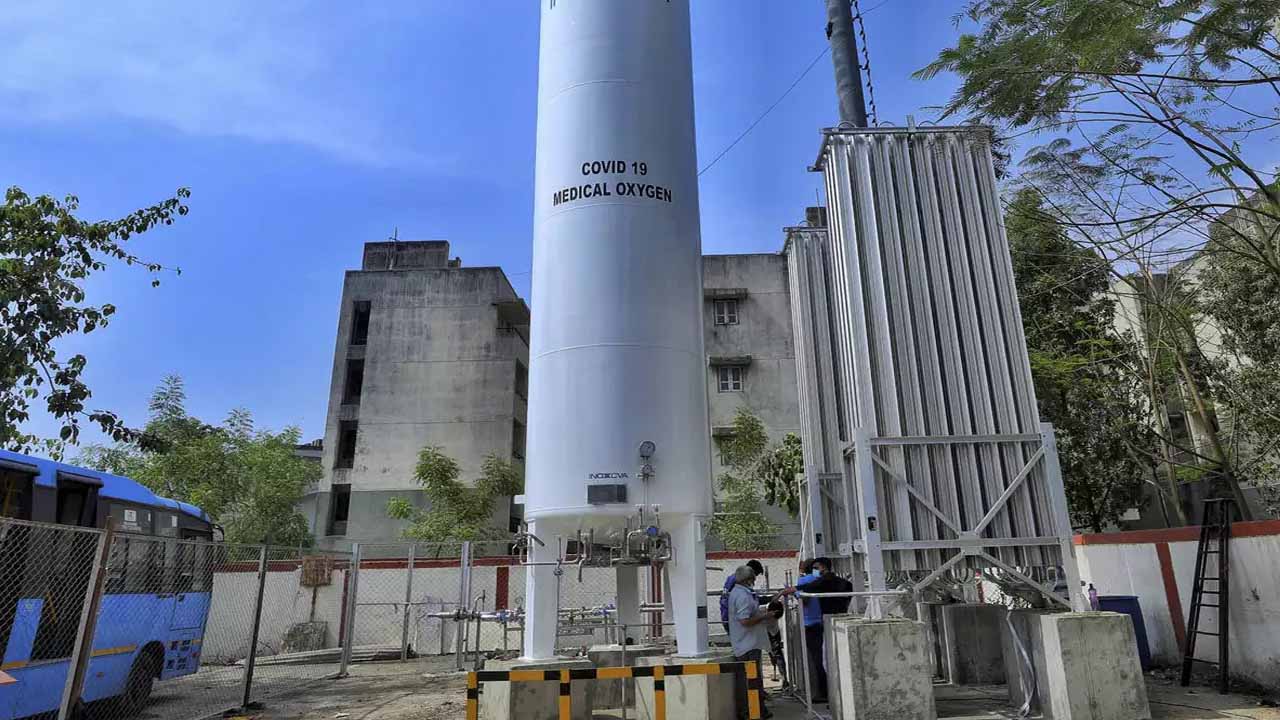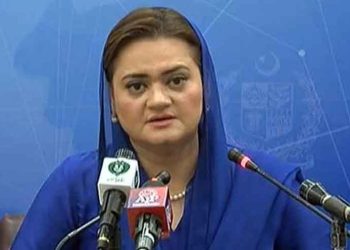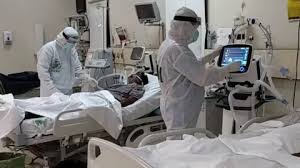The United Nations International Children’s Emergency Fund (Unicef) will develop medical oxygen plants in four districts throughout Punjab and Khyber Pakhtunkhwa provinces as part of a megaproject.
It is reported to be an experimental project aimed at lowering the death rate, particularly among children under the age of five who have been diagnosed with pneumonia.
Pediatric pneumonia is the leading infectious cause of death in children globally, according to medical authorities, and a shortage of oxygen among youngsters has increased the death rate.
Second, according to experts, the provision of supplies has always been a big challenge for govt hospitals.
As a result, during a conference held at the Directorate Health Services Punjab, an essential decision was made to address the issue by creating oxygen plants to provide an uninterrupted supply of medical gases.
The conference was attended by DG Punjab Health Dr. Haroon Jehangir, Unicef delegate Dr. Rana Mushtaq, Prof Tariq Bhutta, and other officials.
Unicef, he added, will give heavy equipment, technical specialists, and trained allied employees to help the plants produce medical oxygen.
He said that the created oxygen would be sufficient to cover the needs of the province’s two hospitals and that it would be delivered in two ways: through pipes and cylinders.
He emphasized the importance of the initiative by stating that a medical superintendent of DHQ Hospital Bahawalnagar gave some “disturbing” numbers, stating that the yearly death rate among children under the age of five in the district was 5%.
Prof Bhutta stated that in developed nations, the death rate is less than 0.5 percent, adding that the high death rate in Punjab is a serious concern.
He said that another MS informed him that the annual medical oxygen use at his DHQ hospital cost more than Rs10 million. “The UNICEF is giving it a final shape and the plant will start providing the medical oxygen soon,” he said.






